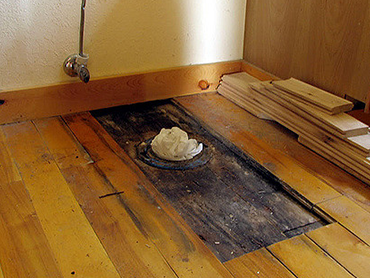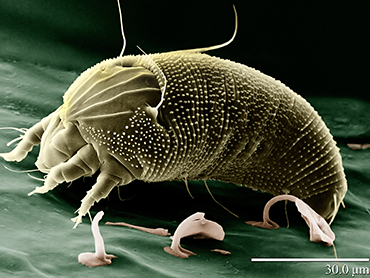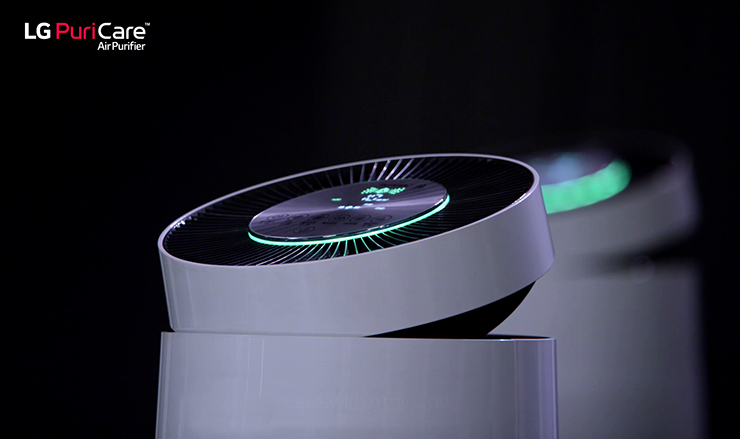Clean air indoors is critical to our health and at LG, we strive to create healthy environment for our customers with our HVAC systems and PuriCare air purification products. There are many steps we can take to keep the air in our indoor environments health and clean. But don’t just take our word for it, let’s hear what the experts have to say. We had the opportunity to get the expert opinion of Holly Shaw from Allergy UK and she offered some interesting insight into air quality and dealing with allergic conditions.
Holly Shaw, Nurse Advisor, Allergy UK

Allergy UK is the leading British medical charity dedicated to providing support, advice and information for those living with allergic disease.
https://www.allergyuk.org/

An unhealthy indoor environment for those spending time indoors at home, in an educational setting or at work, can have significant consequences on your health. For those with existing allergic conditions like allergic asthma or hay fever [which can be seasonal or perennial (year round)], exposure to allergens indoors can exacerbate these conditions and cause allergic symptoms.
The quality of the air indoors can be influenced by many different factors including poor ventilation, exposure to irritants, chemicals, and different heating sources.
Allergens are substances that have the potential to cause an allergic reaction and are not harmful to everyone, just those whose immune system misinterprets that substance as harmful and produces an unwanted response. In allergic conditions such as asthma, hay fever and eczema, the immune system generates an unwanted response in a target tissue (airway, skin or nasal passages).
Hidden Allergens

Mold hidden under floorboards
Allergens can be found in all areas indoors and from a variety of sources despite levels of cleanliness or being a new premises. Allergens can also be hidden with no obvious source, for example mold that is behind a cupboard or under a carpet.
Mites and Pets

Dust mite
The house dust mite is one of the most common indoor allergens. It thrives well in warm, humid environments and lives in soft furnishings like carpets, bedding, curtains and cushions. Pets can be problematic too and pet dander can be found long after animals have left or even where they have not been as pet dander can also be moved around on clothing and footwear.
Allergies
Having one or more allergic conditions like allergic asthma, hay fever or eczema can be triggered by aero allergens (allergens in the air that you breathe in) from the indoor environment. Skin allergy like atopic eczema can be triggered by allergens and irritants in the environment that come into contact with the skin.
If you suspect you have an allergy then it is important to discuss this with a health professional, the first point of contact will usually be your GP. Pharmacists can be a good source of knowledge on medications for allergic conditions. If you require a medication that comes in a device like an asthma inhaler, nasal spray, or eye drops, it is important that you know how to use these devices correctly to get the most from the medicine.
Avoidance is key to managing any allergic condition but with aero allergens, it is not always possible to completely avoid. So, reducing the amount of allergen in the environment may help.
- Keep surfaces clutter free and soft furnishings to a minimum
- Clean hard surfaces and vacuum regularly to reduce allergen levels
- Keep pets outside where possible, or at least out of commonly used rooms in the home (bedrooms and living rooms)
- Remove any visible mold by cleaning with a mould cleaner or bleach
- Ensure appropriate ventilation of small spaces by using extractor fans and opening windows
- Remove indoor pot plants as they can promote mold growth
We greatly appreciate Holly Shaw for her insight into indoor allergens and advice on reducing allergens indoors.
 We at LG hope that air purifiers such as the LG PuriCare can make the indoor environments where you spend most of your time healthy and safe.
We at LG hope that air purifiers such as the LG PuriCare can make the indoor environments where you spend most of your time healthy and safe.




































